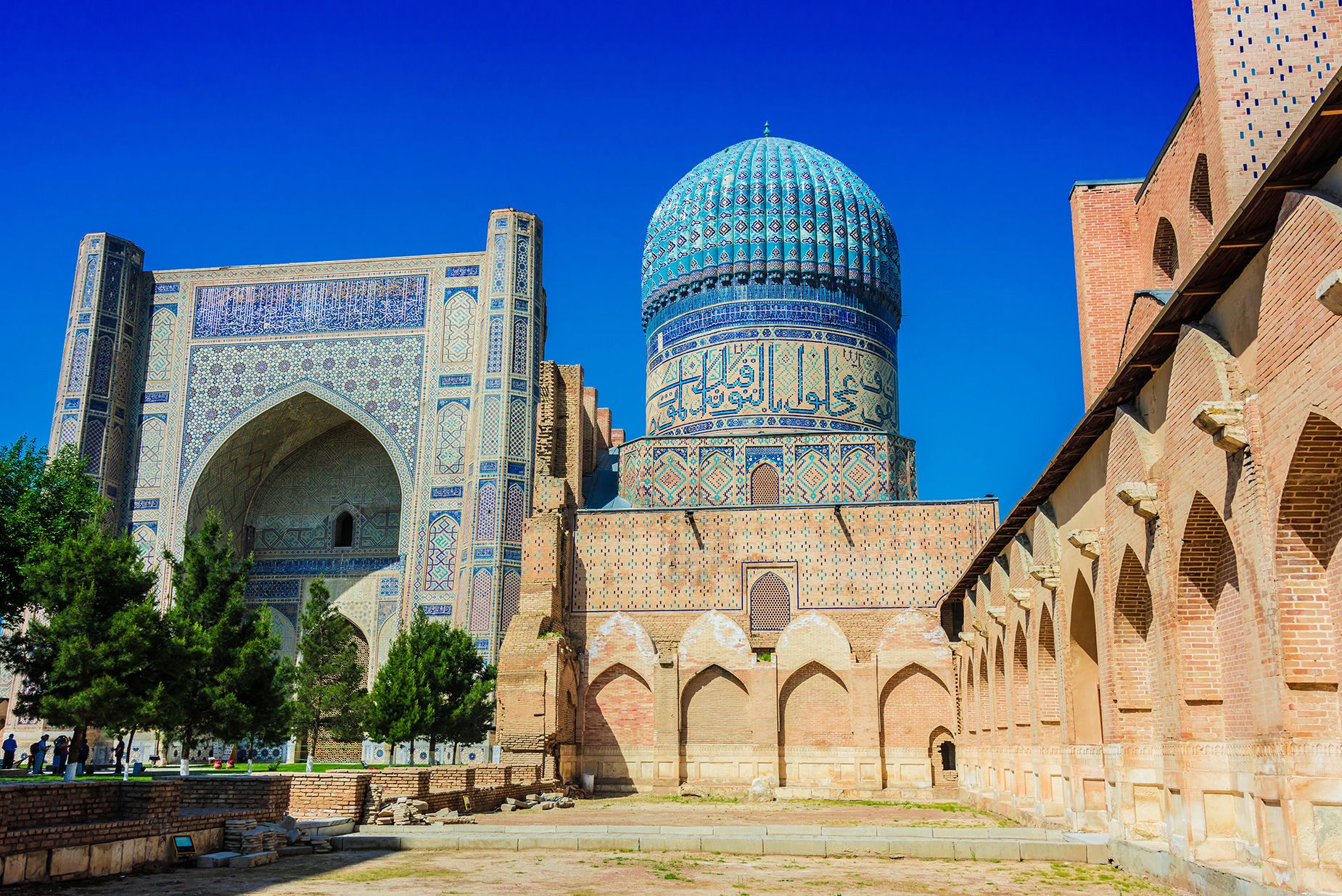In a remote corner of Asia, one of the world’s oldest cities continues to awe visitors
By Ulrike Lemmin-Woolfrey, CNN
6 minute read
Published 6:10 AM EST, Thu November 16, 2023
Samarkand. It’s a name that rolls off the tongue, conjuring up images of adventure, exploration and far-away mysteries.
Founded in around 700 BCE, it’s one of the oldest continuously inhabited cities in the world, a crossroads of cultures and a hub of learning and trading – especially during the heyday of the ancient Silk Road, which passed through the city.
Much has been written about this southeastern Uzbekistan gem, but a poem by British novelist and poet James Elroy Flecker (1884-1915) perhaps sums it up best: ”For lust of knowing what should not be known, we take the Golden Road to Samarkand.”
With its varied sights, including stunning mosques, mausoleums and madrassas, it certainly is the jewel in the triptych of Uzbekistan’s historical cities, often mentioned in the same breath as Khiva and Bukhara, two other key Silk Road stops famed for their Middle Ages architecture.
Here’s a brief overview of what Samarkand has to offer. If you can, allow at least three days to make the most of your visit.
Historical highlights
The first stop on any Samarkand itinerary should be Registan Square, probably the most photographed location in all of Uzbekistan.
The square’s three madrassas – named Ulugbek Madrassah, Sher Dor Madrassah and Tilla-Kari Madrassah – were built between the 15th and 17th centuries. These Islamic schools perfectly encapsulate what the ancient Silk Road, with its centers of learning and trading, was all about.
While Registan Square might be the best-known sight in Samarkand, the Shah-i-Zinda is, without doubt, its most impressive. This necropolis has a collection of mausoleums that are showcased in a riot of turquoise tiles, domes and incredible interiors, all dating back to the 14th century.
And then there are the many sites connected to Temur, a celebrated 14th-century ruler whose name is ever-present in Uzbekistan.
Among the most famous is his final resting place, Samarkand’s Gur-e-Amir – or Amir Temur Mausoleum – a celebration of his life in gold and turquoise. It was completed in 1404 and Timur was interred there after his 1405 death.
Meanwhile, legend has it that Samarkand’s Bibi Khanum Mosque was commissioned by Timur’s favorite wife in honor of his homecoming after a long pillaging trip. Today it remains one of the largest mosques in Central Asia, and can welcome some 10,000 worshippers at a time.
And then there’s Timur’s grandson, Ulug Bheg. He was a sultan, but also a scientist with a passion for mathematics and astronomy. His work is remembered at the historic Ulug Bheg’s Observatory, which was built in the 1420s on a hill overlooking Samarkand. Today, it showcases the historical measurements of the sun’s path over a year, off by only one minute from today’s measurements.
In the northeast of the city is the Mausoleum of St. Daniel, an Old Testament prophet. The exact location of his remains is a topic of debate, with numerous countries claiming to possess them. According to local legend, Samarkand’s Mausoleum of St. Daniel contains a collection of the prophet’s relics that continues to grow with time, forcing them to repeatedly extend the sarcophagus to its current length – 18 meters (59 feet).


